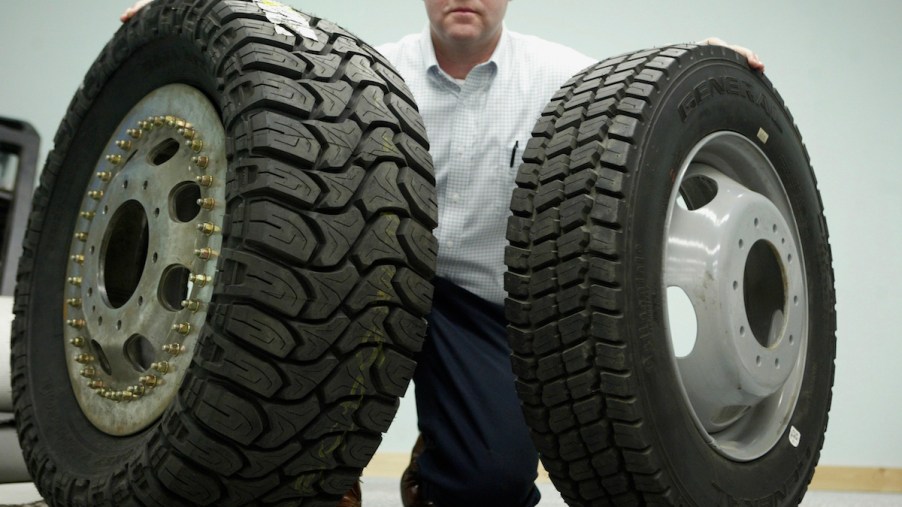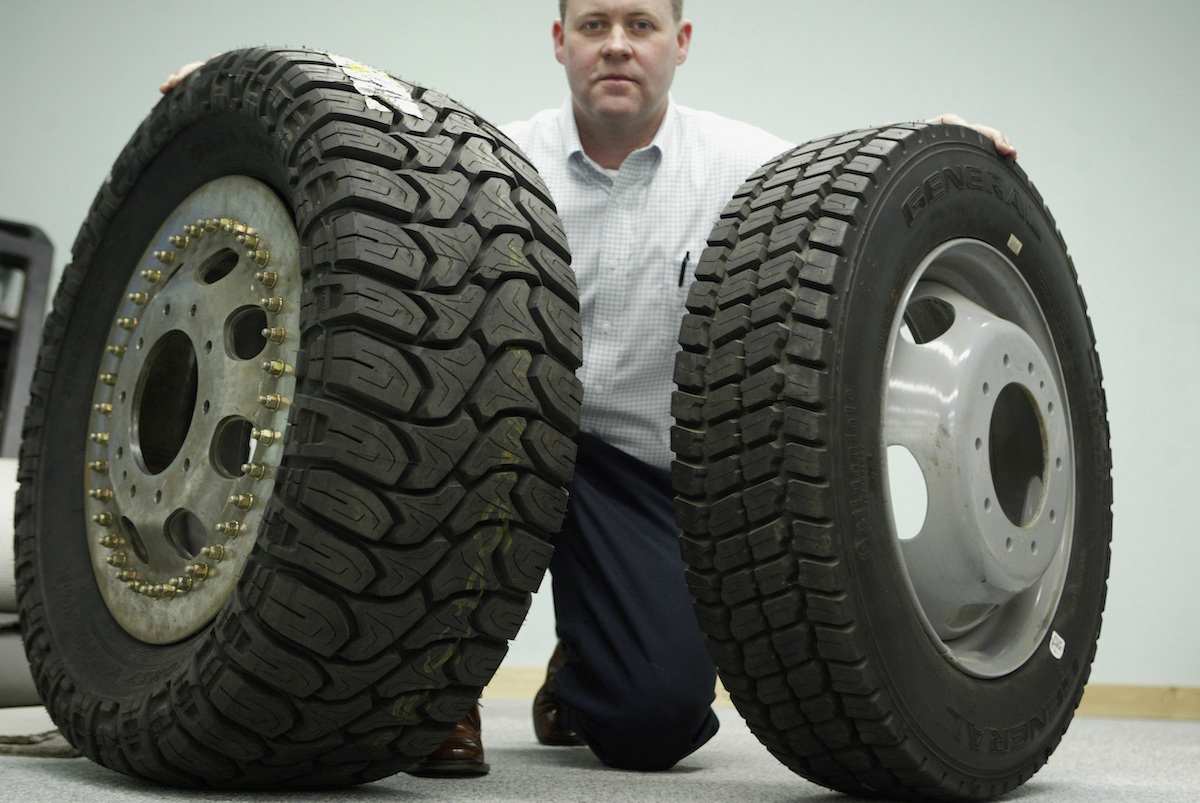
What Are OEM Car Parts?
Unlike aftermarket car parts made by any number of manufacturers, OEM replacement parts are identical to those used to build the vehicle. Some say the higher cost associated with factory auto parts is a worthwhile investment. Others believe aftermarket parts are totally acceptable. So, what are OEM car parts? And are they superior to aftermarket parts? Here’s the lowdown.
What does OEM mean?

If you took your car to a mechanic, they might recommend OEM auto parts instead of cheaper aftermarket (also known as generic) parts. Once you understand the meaning of the abbreviation, you might agree.
According to Investopedia, “OEM” stands for “original equipment manufacturer.” Such replacement parts are by their nature compatible, whereas aftermarket parts might not be as reliable.
Examples of OEM car parts
On the basis of vehicle type, the automotive OEM market is divided into commercial vehicles, electric vehicles, and passenger cars. Commercial vehicles are further divided into light commercial vehicles (LCVs) and heavy commercial vehicles (HCVs). Electric vehicles (EVs) are divided into plug-in hybrid electric vehicles (PHEVs), hybrid electric vehicles (HEVs), and battery electric vehicles (BEVs).
OEM component types comprise body, electrical, powertrain, chassis, and interior parts. Body parts include windows and doors, while electrical components include lighting, switches, gauges, sensors, cameras, and the ignition system. OEM car parts for powertrains and chassis include the fuel supply, exhaust and braking systems, suspension, and steering, Data Bridge explains.
OEMs vs. VARs: What’s the difference?
Original equipment manufacturers and value-added resellers (VARs) are not the same, but they are related.
An OEM might sell newly made parts to an automaker that uses them to build a car. In this case, the carmaker adds value to the part before reselling it as a whole vehicle. Generally, OEMs sell parts to businesses, whereas VARs sell directly to consumers, according to Investopedia.
Pros and cons of aftermarket and OEM car parts
AAA technical services manager Michael Calkins told NerdWallet that, in most cases, OEM car parts are superior to aftermarket components. Explaining that OEM body parts are crash-tested and guaranteed, Calkins noted that aftermarket parts are generally not rustproofed as well as OEM parts and that components such as body panels might not align properly.
However, as long as they are inspected and warrantied, generic auto parts can be an affordable alternative, Calkins said. In fact, many aftermarket parts makers reverse-engineer components to be as good as or even superior to OEM versions.
On the plus side, generic and used parts are typically more readily available and cost less than OEM car parts. You can find aftermarket parts at gas stations and auto parts stores. On the other hand, you usually have to go to a dealership for OEM components. But another drawback to aftermarket parts is their tendency to vary in quality and the possibility they’re not guaranteed.
OEM car parts are preferable for various reasons. For one, you know exactly what you’re getting. Yes, they’re usually more expensive than used or generic parts, but parts made by the same manufacturer as your vehicle provide greater quality assurance, Edmunds reports.
If you’re involved in a car accident, your insurer might stipulate that it will pay for repairs using only aftermarket parts. If your policy includes that requirement and you want to keep your vehicle as close to factory-original as possible, you can opt to pay the difference between the original manufacturer’s parts and aftermarket components, The Balance explains.


